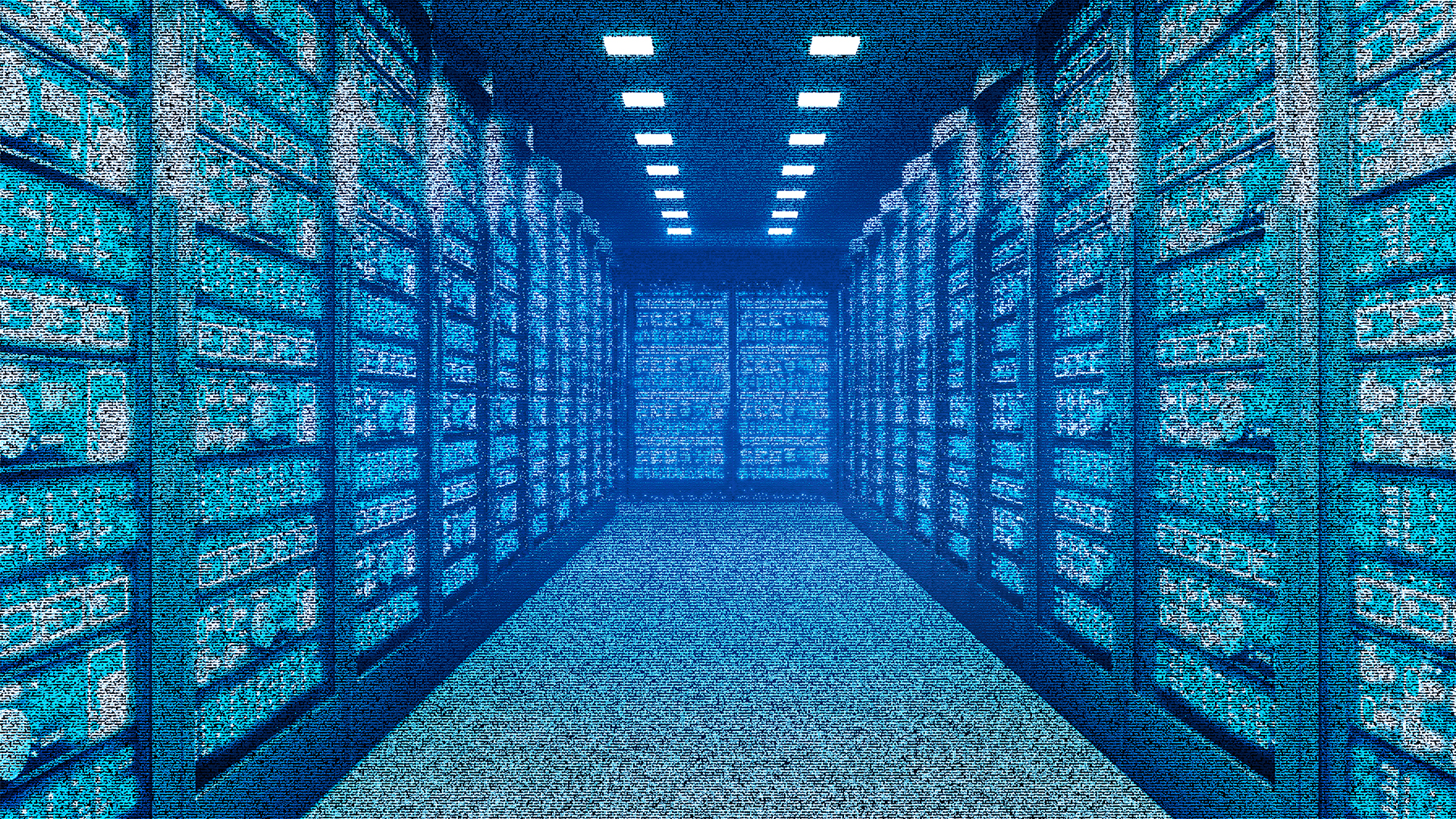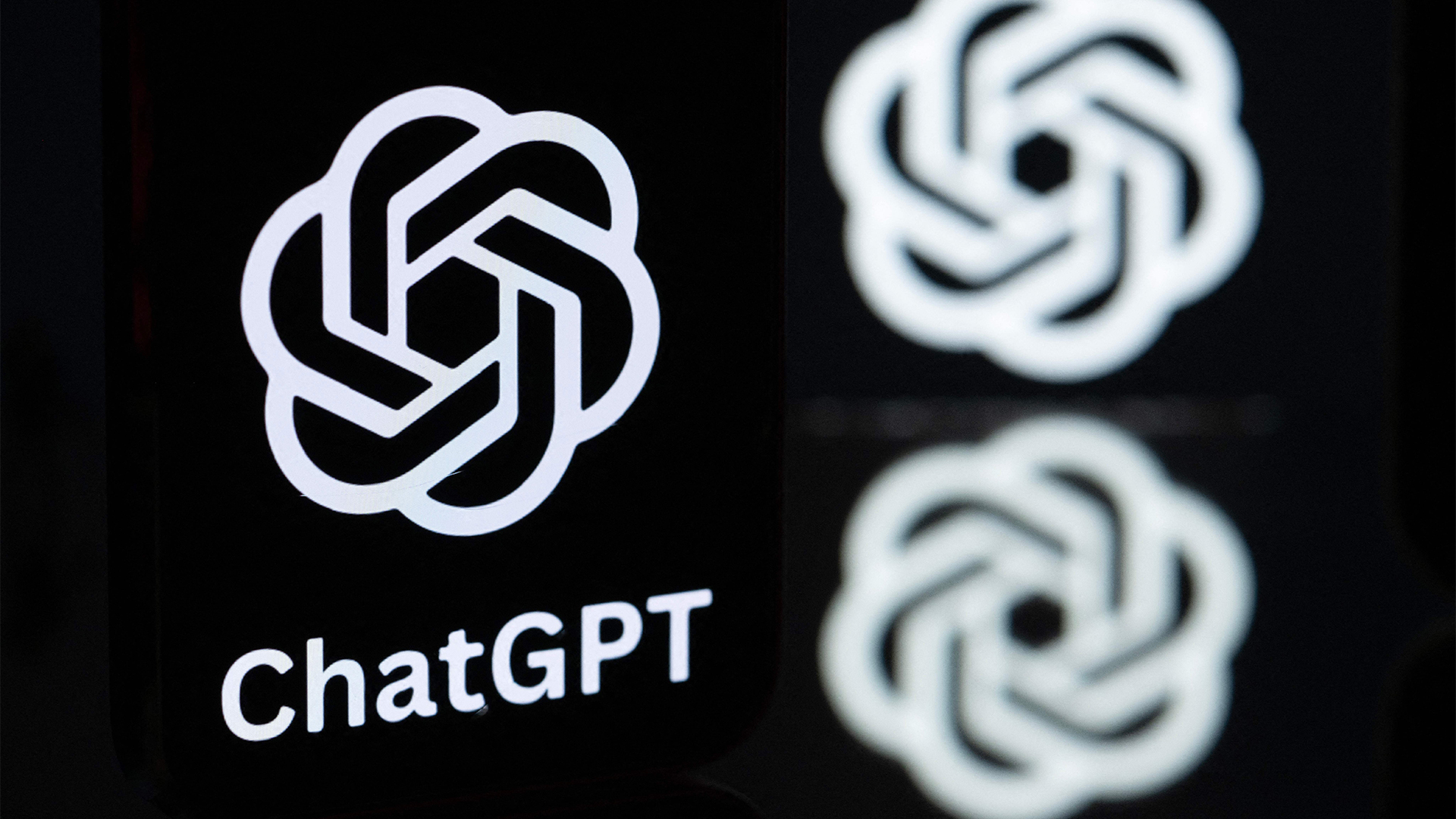SASE for Remote Work: Secure and Scalable Access

The advent of remote work and the accelerated shift to cloud-based services have fundamentally transformed how organizations approach network security and performance. With traditional network security models becoming outdated and increasingly complex, businesses are seeking more integrated, agile, and scalable solutions to protect their remote workforces.
Secure Access Service Edge (SASE), an innovative model that converges networking and security into a unified, cloud-native solution, is rapidly gaining traction as the answer to these challenges.
This article explores how SASE provides secure, scalable network access for remote work environments and why it has become an essential tool for businesses that rely on a distributed workforce.
What is Secure Access Service Edge (SASE)?
The definition of SASE as a framework was introduced by Gartner in 2019. The concept combines a wide range of network and security functions into a single, cloud-delivered service. These functions include software-defined wide-area networking (SD-WAN), secure web gateways (SWG), cloud access security brokers (CASB), zero-trust network access (ZTNA), firewall-as-a-service (FWaaS), and data loss prevention (DLP).
By converging these technologies, SASE allows organizations to secure their networks and manage traffic from one centralized point, regardless of where users or devices are located.
For remote work environments, this integration is particularly valuable, as it enables organizations to manage and secure a distributed workforce with ease, without the complexities and inefficiencies of traditional security models that were designed for on-premises infrastructures. SASE removes the need for multiple point solutions by offering a holistic approach to network and security management.
How SASE Supports Secure Remote Work
The SASE model is designed to meet the demands of modern businesses, where workers access data and applications from anywhere, at any time, using various devices. This makes securing remote work both more challenging and critical. SASE addresses these challenges by providing secure, seamless network access that is adaptive to both user behavior and organizational policies.
Below are the key ways that SASE enhances remote work security and performance:
Cloud-Native Architecture
SASE is built on a cloud-native architecture, meaning that security and network management are delivered from the cloud rather than on-premises infrastructure. This is particularly beneficial for remote work because it ensures consistent access to applications and data, regardless of the user’s location. Cloud-native solutions are inherently scalable, allowing businesses to rapidly scale their security infrastructure to meet the demands of an expanding remote workforce without the need for costly and time-consuming hardware upgrades.
With cloud-delivered services, remote workers can securely access applications and data stored in the cloud, without experiencing latency issues or reduced performance. Additionally, as a cloud service, SASE integrates easily with existing IT infrastructure, enabling quick deployment and less maintenance, which is essential for organizations operating with geographically dispersed teams.
Software-Defined WAN (SD-WAN) Capabilities
One of the core components of SASE is SD-WAN, which is designed to optimize the performance and security of wide-area networks. SD-WAN allows remote workers to securely connect to cloud-based applications and services, ensuring that traffic is routed through the most efficient paths. This minimizes latency and optimizes network performance, making it ideal for businesses with a remote workforce.
SD-WAN also ensures that remote users can securely access applications without compromising performance. By leveraging multiple network paths, SD-WAN provides redundancy and reliability, ensuring uninterrupted connectivity for remote workers, regardless of network conditions. This is particularly useful for remote work scenarios where workers might be using different types of network connections, such as public Wi-Fi, mobile networks, or broadband.
Zero-Trust Network Access (ZTNA)
Zero-trust security is a key feature of SASE, particularly in remote work environments. Traditional security models often rely on perimeter-based security, where devices within the network are trusted by default, while external devices are treated as untrusted. However, with remote work, devices, and users are frequently outside the perimeter, making perimeter-based security less effective.
SASE’s zero-trust model assumes that every user, device, and application is a potential security threat, regardless of location. This means that remote workers must authenticate themselves before accessing applications or data, and their access is continuously monitored and evaluated. By enforcing least-privilege access policies and requiring continuous verification, zero-trust security ensures that remote workers only have access to the resources they need and that their access is regularly validated to prevent unauthorized activities.
Secure Web Gateways (SWG)
Secure Web Gateways (SWG) are integrated into the SASE framework to provide real-time protection against web-based threats. SWGs monitor user activity on the web, filtering out harmful content, and blocking access to malicious websites. This ensures that remote workers are protected from phishing attacks, malware, and other web-based threats, which are increasingly common in remote work environments.
SWGs also help enforce organizational policies around internet usage, ensuring that remote workers adhere to company standards while browsing the web. Whether accessing cloud-based applications or websites, remote workers can do so without worrying about compromising the security of their device or network.
Cloud Access Security Brokers (CASB)
Cloud Access Security Brokers (CASB) are another critical component of SASE, ensuring secure access to cloud services. With many remote teams relying on cloud applications, organizations need visibility and control over how these applications are accessed and used. CASBs provide this visibility by enforcing security policies for cloud applications, including data encryption, access control, and activity monitoring.
CASBs also provide data loss prevention (DLP) features, which are essential for preventing the unauthorized sharing of sensitive information. By analyzing traffic between users and cloud services, CASBs help identify risky behaviors and ensure that only authorized users can access sensitive data. This is particularly important for organizations that handle confidential or regulated data and need to ensure compliance with data protection regulations.
Firewall as a Service (FWaaS)
Firewall as a Service (FWaaS) is another critical feature of SASE that ensures remote workers can securely access the internet and cloud applications. A firewall serves as the first line of defense against cyber threats, inspecting incoming and outgoing traffic to prevent unauthorized access.
With FWaaS, remote workers can access applications and data securely without the need for on-premises firewalls. This service is cloud-based, so it can scale with the organization’s needs, providing continuous protection regardless of where remote workers are located. FWaaS also integrates with other SASE components, such as SD-WAN and ZTNA, ensuring a holistic approach to security for remote teams.
Scalable and Flexible Security
A key advantage of SASE for remote work is its scalability. Unlike traditional security models that require significant investments in hardware and infrastructure, SASE is delivered through the cloud, which means that it can scale effortlessly to accommodate growing teams and network demands. Whether a company is scaling up its remote workforce or adding new locations, SASE ensures that security remains strong and consistent.
Whether remote workers are accessing internal applications, using cloud-based tools, or connecting to third-party services, SASE ensures that access is secure, seamless, and compliant with organizational policies.
Benefits of SASE for Remote Work
SASE provides numerous benefits for organizations that rely on a remote workforce, including:
Enhanced Security
By converging multiple security services into one platform, SASE significantly enhances security for remote work. Zero-trust access, secure web gateways, and firewall as a service ensure that remote workers are protected from web-based threats, data breaches, and unauthorized access. SASE also helps organizations enforce compliance with security regulations, providing visibility and control over remote access to sensitive data.
Improved Performance
With SD-WAN and cloud-native architecture, SASE optimizes network performance for remote workers. It ensures that traffic is routed through the most efficient paths, reducing latency and improving the performance of cloud-based applications. This is essential for remote workers who need reliable access to applications for productivity and collaboration.
Cost Savings
SASE helps businesses reduce costs by eliminating the need for multiple-point solutions, such as traditional firewalls, VPNs, and access control tools. By consolidating these services into a single, cloud-delivered platform, SASE reduces the complexity and cost of managing remote access. Additionally, SASE’s scalability ensures that businesses can easily scale their security infrastructure without incurring additional costs for hardware or on-premises equipment.
Simplified Management
SASE simplifies the management of remote work security by providing a centralized platform for monitoring and configuring security policies. Administrators can easily configure and manage security settings, monitor user activity, and enforce access policies for remote workers through an intuitive, cloud-based interface. This simplifies operations and reduces the burden on IT teams, especially in large organizations with a distributed workforce.
Implementing SASE for Remote Work
To successfully implement SASE for remote work, organizations should follow these best practices:
- Assess Current Network and Security Needs: Organizations should assess their current network infrastructure, security policies, and remote work requirements to determine the specific SASE features they need.
- Choose a SASE Provider: Organizations should carefully select a SASE provider that offers the necessary network and security capabilities for remote work. It’s essential to evaluate factors such as performance, scalability, integration capabilities, and support for remote work use cases.
- Integrate with Existing IT Infrastructure: While SASE is a comprehensive solution, it should integrate seamlessly with existing IT infrastructure, including cloud services, on-premises applications, and identity management tools.
- Train Remote Teams on Security Best Practices: To ensure the effectiveness of SASE, remote workers must understand and follow the best security practices, such as using strong passwords, enabling multi-factor authentication, and avoiding risky behavior online.
- Monitor and Optimize Performance: Continuously monitor network performance and security metrics to ensure that remote workers have reliable, secure access to applications and data. Use SASE’s analytics and reporting features to identify any potential issues and optimize performance.
Case Study: Box – Implementing SASE for Remote Work Access
Box, a leading cloud content management and file sharing service provider, specializes in helping businesses securely store, manage, and collaborate on their files in the cloud. As a company with a global workforce, Box faced the challenge of providing secure and efficient access to cloud-based tools and data for its remote employees, especially during the shift to remote work driven by the COVID-19 pandemic.
The Challenge
With a growing distributed workforce across multiple regions and time zones, Box needed a solution that would ensure secure, seamless, and reliable access to its cloud resources and services for remote workers. This became even more critical as employees began accessing Box’s platform from various devices, including laptops, smartphones, and tablets, often from unsecured home networks.
Box needed to overcome challenges such as protecting against cyber threats, ensuring compliance with industry standards, and maintaining high performance, especially as the company’s cloud-based tools were integral to their remote workforce’s productivity. The traditional VPN approach was proving to be cumbersome, often introducing latency and complexity, and limiting scalability as the workforce continued to expand.
The Solution: SASE Implementation
To address these challenges, Box turned to Secure Access Service Edge (SASE) to provide secure, scalable, and optimized network access to its remote workforce. By integrating SASE, Box was able to consolidate several security solutions into a single, cloud-delivered platform.
The SASE solution box combined numerous key technologies to address both security and performance challenges. These technologies included:
- Zero Trust Network Access (ZTNA): Box adopted a Zero Trust model to ensure that every user, whether inside or outside the corporate network, was authenticated and authorized before accessing company resources. This eliminated the need for traditional perimeter security and protected the Box’s cloud environment from potential internal and external threats.
- Cloud Security Posture Management (CSPM): With Box’s increasing reliance on cloud-based platforms, ensuring consistent security policies across multiple cloud environments became crucial. By using CSPM integrated into their SASE model, Box ensured that their cloud environments were compliant and secure by continuously monitoring configurations for vulnerabilities and misconfigurations.
- Secure Web Gateways (SWG): To protect remote workers from web-based threats, Box implemented secure web gateways. These gateways enabled the company to prevent data exfiltration, blocking access to malicious websites and ensuring that sensitive data was not being leaked or accessed by unauthorized third parties.
- SD-WAN for Network Optimization: SASE’s SD-WAN technology enabled the Box to optimize network traffic. By intelligently routing traffic through the best possible path, Box reduced latency and improved the performance of cloud applications, ensuring that remote workers could collaborate efficiently, regardless of their geographical location.
Implementation Process
Box began the process of implementing SASE by first assessing its network and security needs, considering the performance demands of its cloud tools and the security requirements of its global workforce. The company chose a leading SASE provider known for its capabilities in both cloud security and network optimization.
Box worked closely with the SASE provider to integrate SASE into its existing IT infrastructure. The integration included setting up the Zero Trust access policies, configuring the secure web gateways, and ensuring that SASE’s SD-WAN solution aligned with Box’s performance goals for remote work.
Training was provided to Box’s IT and security teams to ensure they understood the new system’s features and functionalities, enabling smooth management and monitoring of the SASE solution.
Results
- Enhanced Security: Box successfully secured its remote workforce by ensuring that every device and user accessing the platform was subject to continuous authentication and verification. The implementation of Zero Trust architecture drastically minimized the risk of unauthorized access or lateral movement by attackers within the network.
- Improved Performance: The integration of SD-WAN technology optimized network traffic, providing remote workers with low-latency and high-performance access to Box’s cloud-based tools. As a result, employees across the globe experienced faster file uploads, downloads, and collaboration, increasing overall productivity.
- Scalability: With the scalability of the SASE model, Box was able to easily support its growing workforce without incurring significant costs in upgrading hardware or network infrastructure. As new employees joined, Box could quickly expand its secure remote access capabilities without the need for additional VPN hardware or complex network reconfigurations.
- Simplified Management: The cloud-native nature of SASE allowed Box to simplify network security management. With a single, centralized platform, Box’s IT team could easily enforce security policies, monitor traffic, and identify potential security risks, all while maintaining a user-friendly experience for employees.
Case Study Summary
Box’s successful implementation of a SASE solution helped the company navigate the challenges of securing remote work access while maintaining high performance. By adopting SASE, Box not only protected sensitive data and applications but also ensured that its remote workforce could access critical resources without compromising productivity.
Conclusion
SASE is a transformative model that offers secure, scalable, and efficient network access for remote workforces. By integrating SD-WAN, zero-trust access, cloud security, and other essential network functions, SASE enables businesses to provide remote workers with seamless, secure access to critical applications and data.
As remote work continues to grow in popularity, SASE will play a vital role in helping organizations maintain secure, high-performance networks that support a distributed, global workforce. By adopting SASE, organizations can embrace the future of work with confidence, knowing that their network and security needs are met.
Source link










